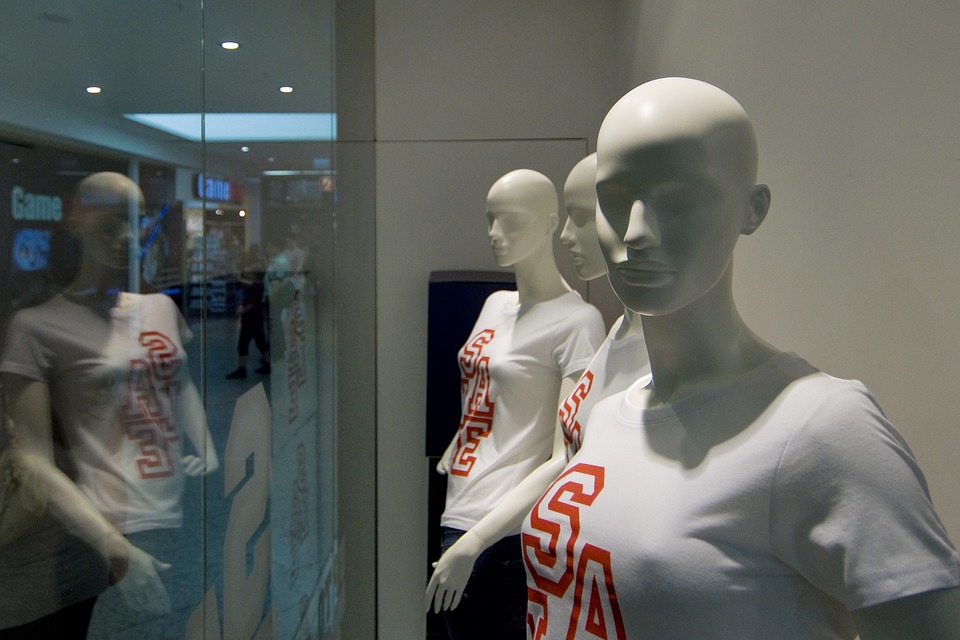Breaking the Mold: Celebrating Diversity in Fashion
In recent years, the fashion industry has been making significant strides towards embracing diversity in all its forms. From runway shows featuring models of all shapes, sizes, and ethnicities to advertising campaigns that challenge traditional beauty standards, the industry is becoming more inclusive than ever before. This shift towards celebrating diversity in fashion is not only important for fostering a more inclusive and representative industry but also for promoting self-acceptance and empowerment among consumers.
Changing the Face of Fashion
For far too long, the fashion industry has been criticized for its lack of diversity. Runway shows typically featured a homogenous group of models, advertising campaigns often portrayed an unattainable standard of beauty, and many fashion brands failed to offer clothing in a wide range of sizes. This lack of diversity not only limited the industry’s appeal to a narrow segment of the population but also reinforced harmful stereotypes and perpetuated unrealistic beauty ideals.
However, in recent years, there has been a notable shift towards greater diversity in fashion. Many designers and brands are now casting models of different ethnicities, body shapes, and ages in their campaigns and runway shows. This increased representation not only reflects the diversity of the real world but also helps to challenge traditional beauty standards and promote a more inclusive definition of beauty.
Embracing Body Positivity
One of the most important aspects of celebrating diversity in fashion is embracing body positivity. For too long, the fashion industry has glorified a single, narrow standard of beauty that is unattainable for the majority of people. This has led to widespread body dissatisfaction and low self-esteem among consumers, particularly women and young girls. By featuring models of all shapes and sizes in their campaigns, fashion brands are sending a powerful message that beauty comes in all forms.
The rise of the body positivity movement in recent years has also played a significant role in changing the fashion industry’s approach to diversity. Models like Ashley Graham and Iskra Lawrence have become trailblazers for body positivity, challenging traditional beauty standards and encouraging women to embrace their bodies as they are. Many fashion brands are now following suit, offering clothing in a wider range of sizes and using models of all sizes in their advertising campaigns.
Empowering Voices of Color
Another important aspect of celebrating diversity in fashion is empowering voices of color. Historically, the fashion industry has been dominated by white designers, models, and influencers, leaving little room for people of color to make their mark. However, in recent years, there has been a noticeable shift towards greater representation of people of color in the industry.
Many designers of color are now gaining recognition for their creative talents and unique perspectives, while models of color are being cast in high-profile campaigns and runway shows. This increased representation not only helps to challenge the industry’s longstanding inequalities but also provides much-needed role models for aspiring designers and models of color.
Looking to the Future
While the fashion industry still has a long way to go in terms of achieving true diversity and inclusivity, the progress that has been made in recent years is cause for celebration. By embracing diversity in all its forms, the industry is not only becoming more representative and inclusive but also sending a powerful message to consumers about self-acceptance and empowerment.
As we look to the future of fashion, it is clear that celebrating diversity will continue to be a key focus for designers, brands, and consumers alike. By challenging traditional beauty standards, promoting body positivity, and empowering voices of color, the industry is paving the way for a more inclusive and equitable future for fashion.
In conclusion, breaking the mold and celebrating diversity in fashion is not only important for fostering a more inclusive industry but also for promoting self-acceptance and empowerment among consumers. By challenging traditional beauty standards, promoting body positivity, and empowering voices of color, the fashion industry is paving the way for a more inclusive and equitable future.
